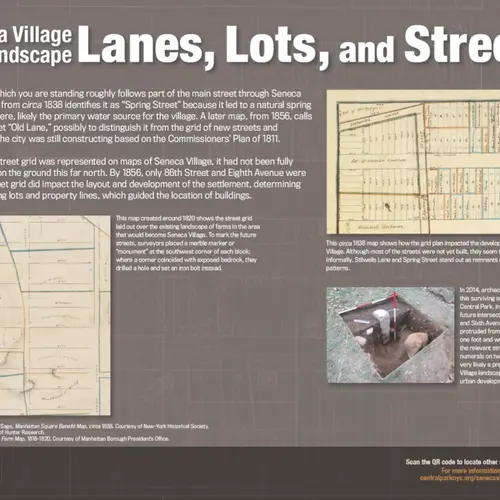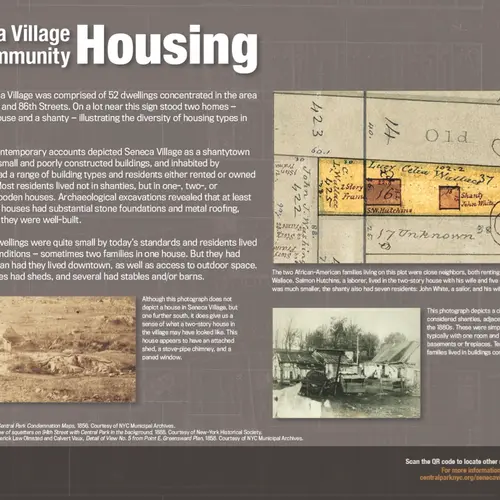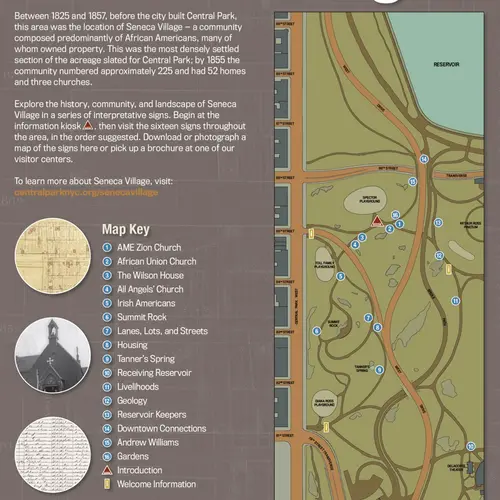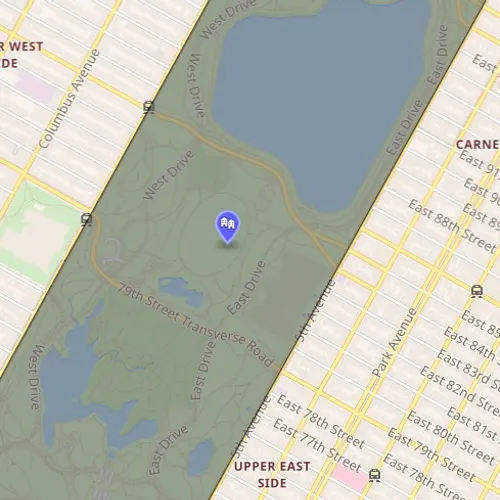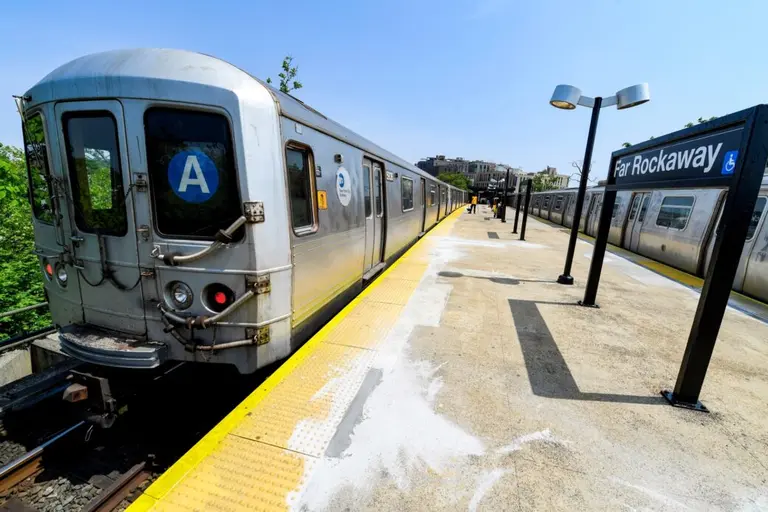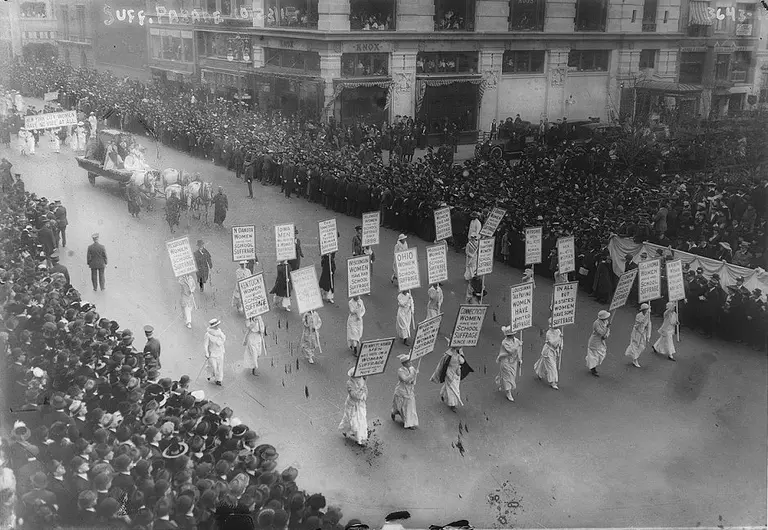Plan to honor historic black settlement Seneca Village with statue in Central Park faces backlash
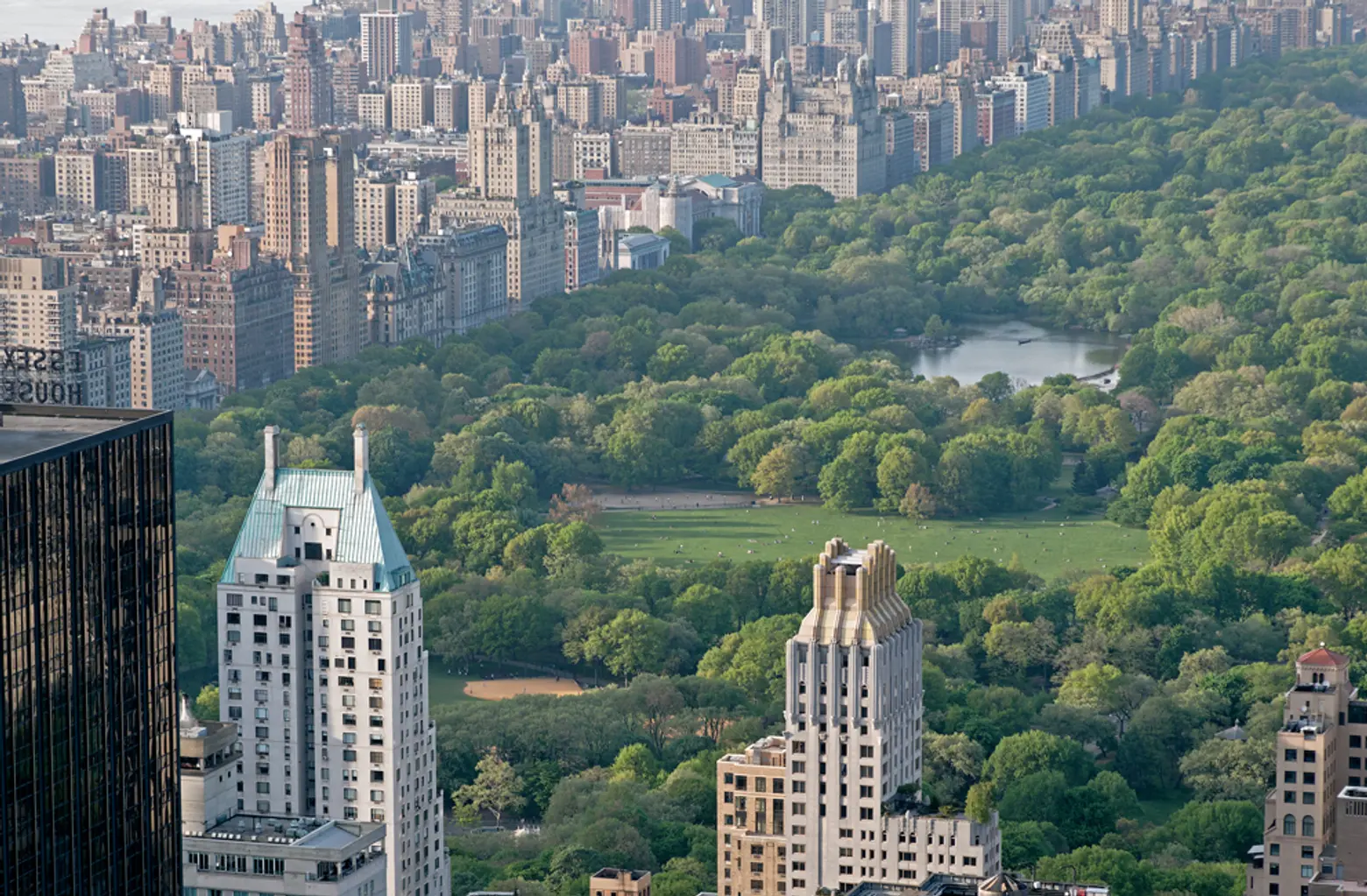
As part of the city’s plan to diversify public art and recognize figures overlooked by history in New York City, Central Park is getting another statue, as the New York Times reports. The privately-funded monument will commemorate Seneca Village, the predominantly black community that was thriving until the 1850s in what became Central Park. Once again, however, the city’s commemorative statue planning has fallen afoul of historians. The proposed structure won’t be located at the site of Seneca Village, which for nearly three decades stretched between West 83rd and 89th streets in Central Park. Instead, the monument’s home will be in the park, but 20 blocks to the north on 106th street.
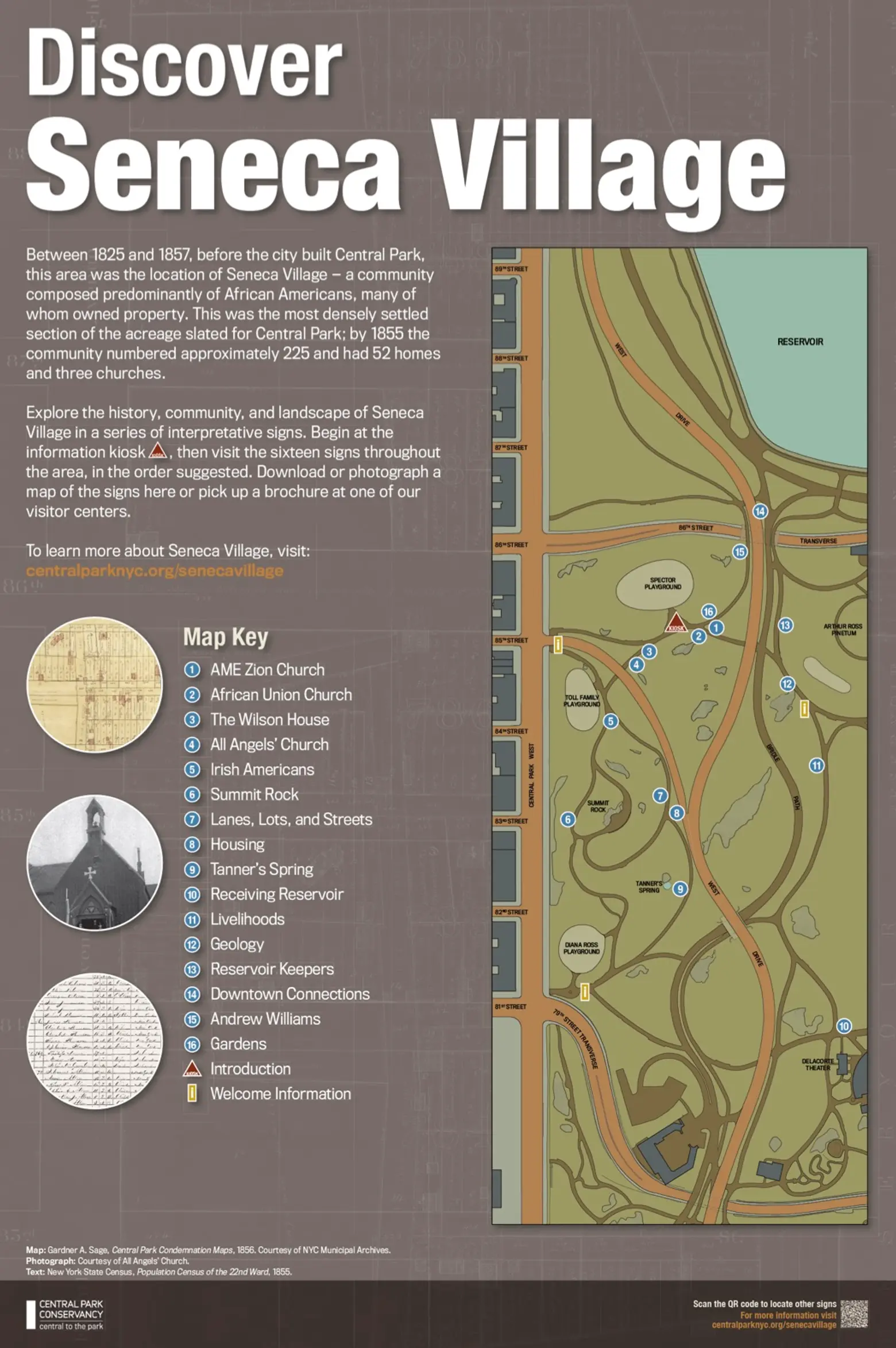
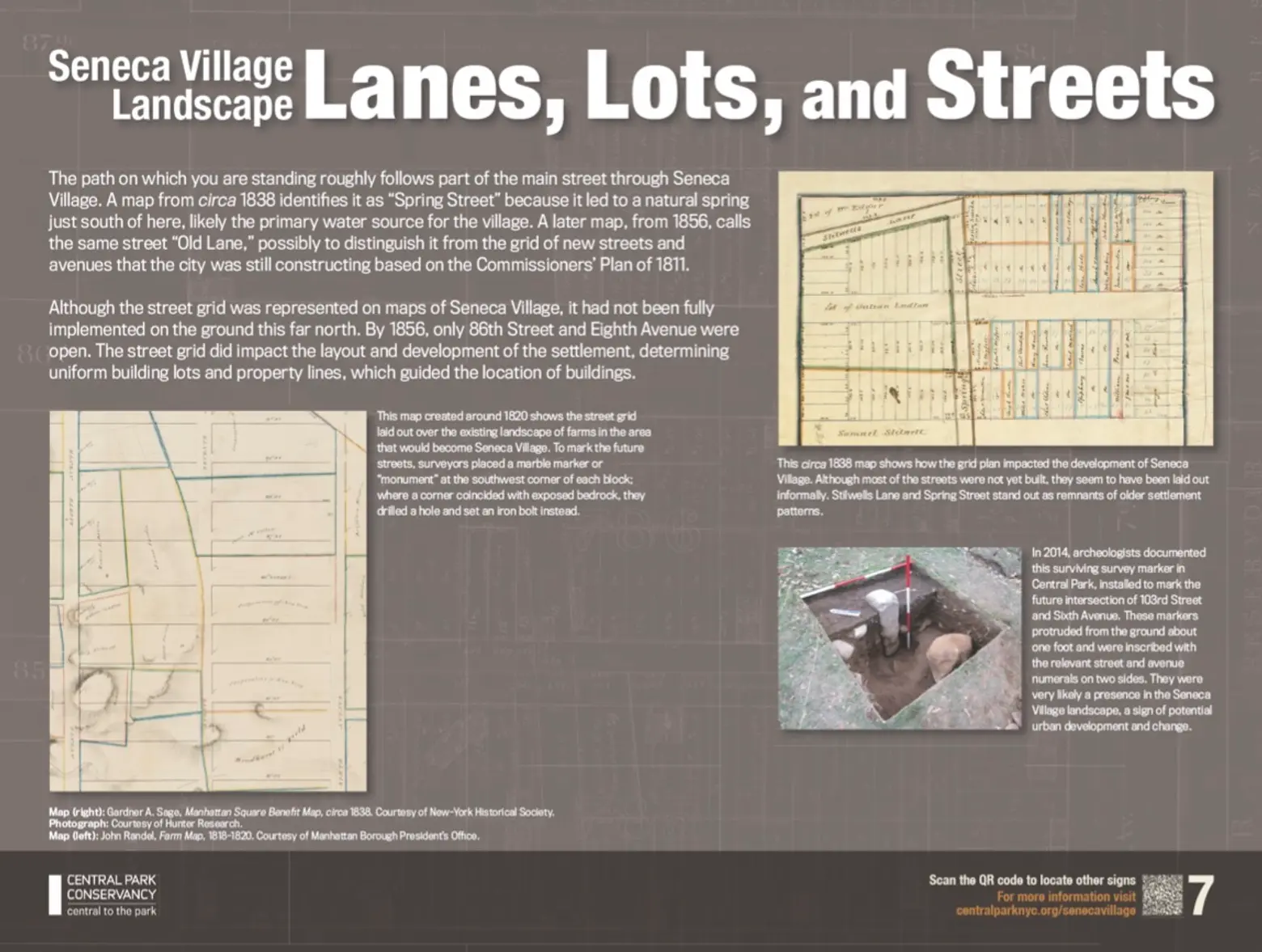
Images of interpretive signs courtesy of Central Park Conservancy
The five-acre settlement was founded in 1825 by free African American landowners. The first of its kind in the city, the settlement lasted until 1857, when the community was targeted for destruction to make way for the new park. The campaign to honor Seneca Village goes beyond creating a monument.
The Central Park Conservancy on Thursday launched an outdoor exhibit to introduce visitors to the history of the site. Hailed as the first major interpretive signage initiative in Central Park to commemorate Seneca Village, the signs mark the locations of historic features such as the village’s churches, individual houses, and natural features and offer general information about the village on things like housing, gardens, and geology. Guided tours of the exhibit will take place this weekend, Saturday, Oct. 26 and Sunday, Oct. 27.
But will the sign campaign make up for the fact that the commemorative structure won’t stand on the historic site? As reported this week by Hyperallergic, the fact that the tentatively planned location of the structure will be 20 blocks away from the site on the western side of the park near 106th Street is being viewed as an insult to activists and historians.
Jacob Morris, the director of the Harlem Historical Society, told Hyperallergic: “It’s disrespectful and it’s insulting. And it’s so incomplete. ” He added that geography matters and that “where is just as important as why or who.”
The city launched an open call for artists who’d like to design the monument, which will honor the Lyons family, Seneca Village property owners, abolitionists, and educators. The Lyonses operated a boarding house for black sailors that was also a stop on the Underground Railroad. The monument will feature Albro Lyons, Mary Joseph Lyons and their daughter Maritcha Lyons (herself a suffragist and racial equality activist).
The Lyons monument differs from statues that have been reviewed recently by the city in that it will be funded by private foundations that include the Ford Foundation, the JPB Foundation, the Andrew W. Mellon Foundation, and the Laurie M. Tisch Illumination Fund. The city told the Times that the proposed location isn’t the land on which Seneca Village stood because the monument is “not just to Seneca Village but the Lyons’ family’s broader experiences.”
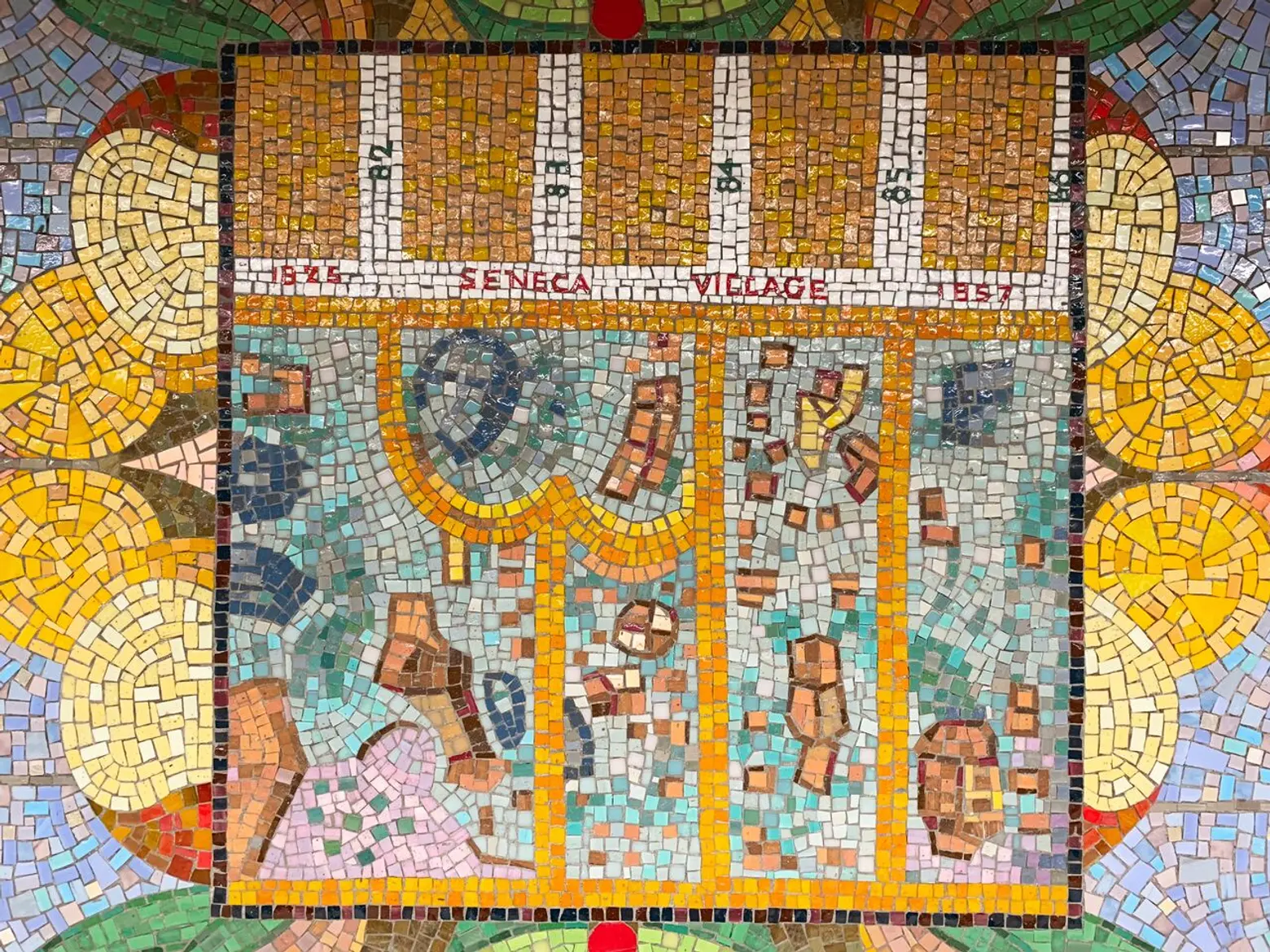
Mural translated from artist Joyce Kozloff’s “Parkside Portals” at 86th Street B, C station depicts a map of Seneca Village. Photo © 6sqft
A group of academics, the Institute for the Exploration of Seneca Village History, began to look into exploring the largely forgotten site almost 20 years ago using ground-penetrating radar. After six years of negotiations, they received permission from the city to excavate an area of Central Park in 2011.
The excavation uncovered artifacts like a toothbrush handle and a shoe. A plaque marking the site is currently the only existing commemorative attempt to point out the area to visitors.
RELATED:
